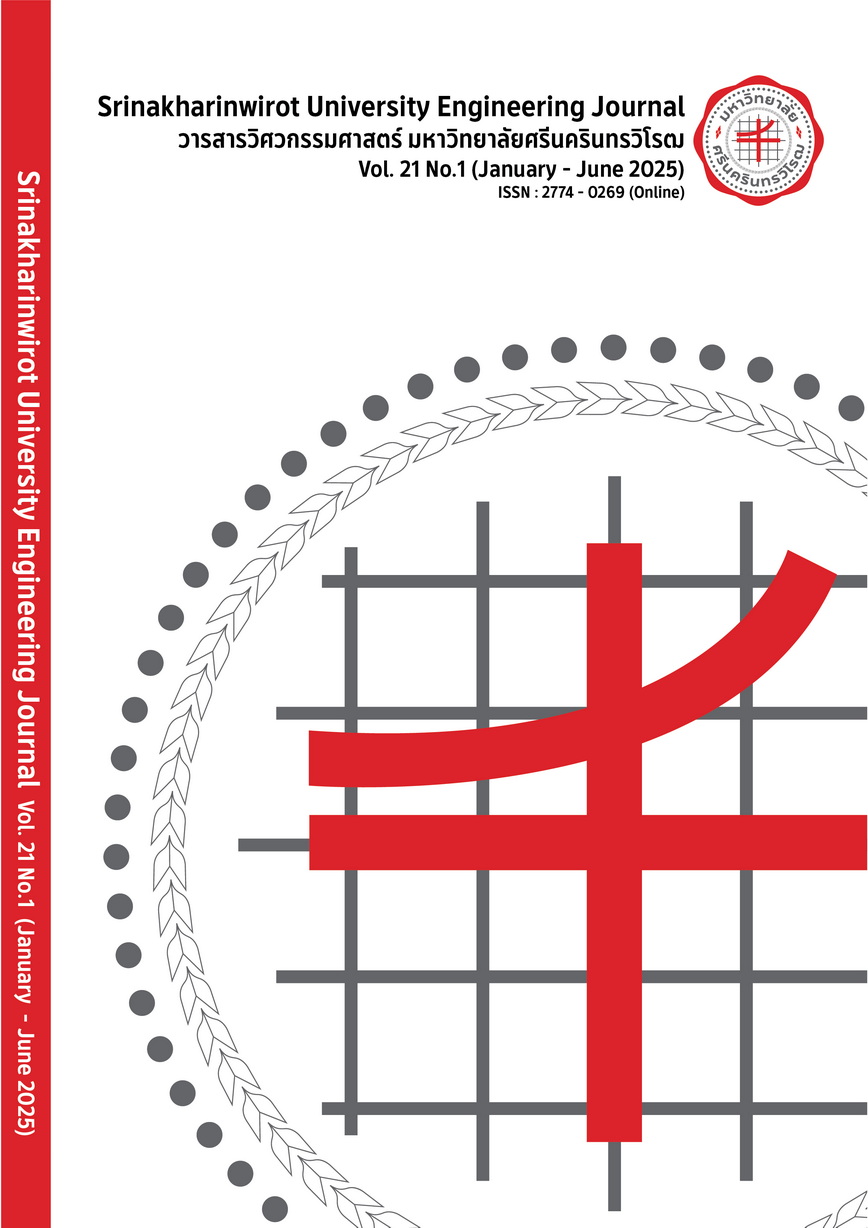Trends in Design

2025-04-16 20:29
58
0
본문
As mobile applications continue to dominate the online world, creating an engaging and user-friendly experience is more vital now than ever. User-centered design is a fundamental guideline of mobile app development that focuses on understanding the needs, behaviors, and influences of users to create an application that meets their expectations. In this article, line下載電腦版 (inprokorea.com) we will delve into the core standards of user-centered design in mobile applications.
In this article, line下載電腦版 (inprokorea.com) we will delve into the core standards of user-centered design in mobile applications.
Empathy and Research: User-centered design starts with putting the user at the center of the development process. This involves conducting research to understand the target audience's requirements, likes, and challenges. Through interviews, developers can gain valuable insights into the user's behavior and create an application that addresses their specific needs.
User Journeys: A user journey is a visualization of the user's experience, from initial interaction to the final result. It breaks down the user's interaction into distinct steps, allowing developers to identify potential friction points and design a seamless workflow. By focusing on the user's journey, developers can create an application that caters to their needs.
Iterative Design Process: The design process is not a static activity; it's an ongoing continuous process that drives ongoing improvement. Developers continuously test, gather feedback, and refine the application to ensure it meets the user's requirements. This approach involves mock-ups, validation, and improving, reducing the hazard of launching an application that doesn't meet user needs.
User-Centered Language: Effective communication with users is critical in user-centered design. Developers use user-centered language to articulate the application's features from the user's viewpoint. This involves using clear language to describe complex functionality, eliminating technical phrases, and emphasizing the application's benefits.
Consistency and Familiarity: Consistency and familiarity are fundamental principles of user-centered design. Developers strive to make the application's layout consistent throughout, mirroring familiar patterns and interactions from other applications. This reduces user frustration and makes it easier to interact the application.
Accessibility: Accessibility is not just a usability consideration; it's a user's requirement. Developers must ensure that the application is accessible to users with disabilities, adhering to Web Content Accessibility Guidelines (WCAG 2.1) and other industry standards. This involves providing text alternatives for visual elements, using high contrast colors, and ensuring a clear navigation system.
Mobile-Specific Principles: Developing mobile applications requires a detailed understanding of the device's capacities. Developers must consider parameters such as touch input and GPS to create an application that takes advantage of the mobile device's features while minimizing its limitations.
Conclusion:
By incorporating these guidelines of user-centered design into the development process, developers can create mobile applications that meet the user's requirements. By combining research, user-centered language, consistency, accessibility, and mobile-specific guidelines, developers can unlock the full potential of their application, driving user adoption and business success.
 In this article, line下載電腦版 (inprokorea.com) we will delve into the core standards of user-centered design in mobile applications.
In this article, line下載電腦版 (inprokorea.com) we will delve into the core standards of user-centered design in mobile applications.Empathy and Research: User-centered design starts with putting the user at the center of the development process. This involves conducting research to understand the target audience's requirements, likes, and challenges. Through interviews, developers can gain valuable insights into the user's behavior and create an application that addresses their specific needs.
User Journeys: A user journey is a visualization of the user's experience, from initial interaction to the final result. It breaks down the user's interaction into distinct steps, allowing developers to identify potential friction points and design a seamless workflow. By focusing on the user's journey, developers can create an application that caters to their needs.
Iterative Design Process: The design process is not a static activity; it's an ongoing continuous process that drives ongoing improvement. Developers continuously test, gather feedback, and refine the application to ensure it meets the user's requirements. This approach involves mock-ups, validation, and improving, reducing the hazard of launching an application that doesn't meet user needs.
User-Centered Language: Effective communication with users is critical in user-centered design. Developers use user-centered language to articulate the application's features from the user's viewpoint. This involves using clear language to describe complex functionality, eliminating technical phrases, and emphasizing the application's benefits.
Consistency and Familiarity: Consistency and familiarity are fundamental principles of user-centered design. Developers strive to make the application's layout consistent throughout, mirroring familiar patterns and interactions from other applications. This reduces user frustration and makes it easier to interact the application.
Accessibility: Accessibility is not just a usability consideration; it's a user's requirement. Developers must ensure that the application is accessible to users with disabilities, adhering to Web Content Accessibility Guidelines (WCAG 2.1) and other industry standards. This involves providing text alternatives for visual elements, using high contrast colors, and ensuring a clear navigation system.
Mobile-Specific Principles: Developing mobile applications requires a detailed understanding of the device's capacities. Developers must consider parameters such as touch input and GPS to create an application that takes advantage of the mobile device's features while minimizing its limitations.
Conclusion:
By incorporating these guidelines of user-centered design into the development process, developers can create mobile applications that meet the user's requirements. By combining research, user-centered language, consistency, accessibility, and mobile-specific guidelines, developers can unlock the full potential of their application, driving user adoption and business success.

댓글목록0
댓글 포인트 안내